Prehistory: Origins of diplomacy and early ‘technologies’
In the second session of our monthly Zoom series Diplomacy and Technology: A historical journey, a masterclass with Jovan Kurbalija, we discussed the origins of diplomacy, and the interplay between diplomacy and technology in prehistoric times.
When did diplomacy begin?
To find how diplomacy began, we need to go back to prehistoric times and look at the developments which nurtured proto-diplomacy.Behavioral sciences show that cooperation and peaceful conflict resolution are crucial for the survival and prosperity of a group. Humans most likely started solving conflicts peacefully when they developed certain cognitive abilities, self-awareness, and a collective intentionality for the group they belonged to. Once people developed adequate cognitive abilities, they began living in organised groups, using new ‘technologies’ (making and controlling fire, stone tools), and trading with each other.
To find out how the cooperation works in primates, we interviewed primatologist Prof. Frans de Waal who explained that the process of bringing parties together who don't necessarily want to be together, i.e. diplomacy, predates the human species. Prof. de Waal's research shows that primates negotiate and mediate based on their feelings of empathy, fairness, and group interests. He further argues that the human element of diplomacy lies in the use of language.
These prehuman origins of diplomacy should inspire us to reexamine even the most common postulates, such as Thomas Hobbes’ theory on human nature, which states that humans are predestined for conflicts due to their biological drive to propagate genes.
Which developments influenced prehistoric diplomacy?
Several factors are important in our search for the origins of diplomacy, including the emergence of tools, trade, art, gifts, and the spoken and written language.
Tools
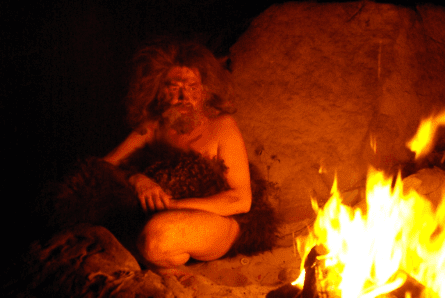
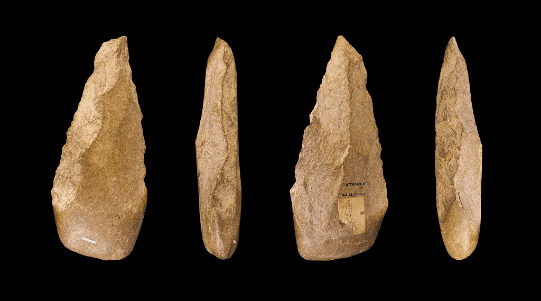
Making and using tools required imagination, planning, and abilities that go beyond just finding things in nature and using them. These new cognitive skills didn't just give us new tools, but most probably coincided with the appearance of the first languages.
Trade
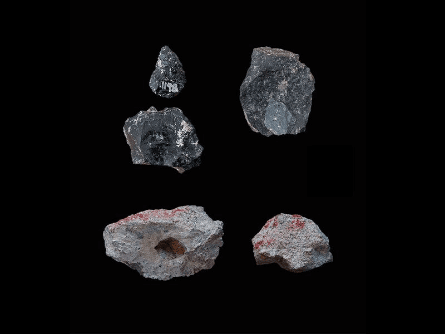
The earliest evidence of trade: non-local pigments found in Kenya. Source: Smithsonian National Museum of Natural History.
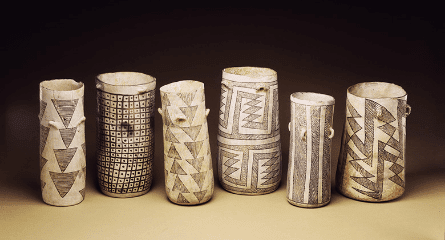
Pottery in which traces of chocolate were found, Pueblo Bonito, New Mexico. Source: American Museum of Natural History.
In Asia, we have archaeological evidence of jade trading. At that time, the Indian Ocean was probably used as the major trading route between Africa and India. In the Americas, researchers found traces of cocoa in jars in Central America that had to be imported from South America.
These archeological records all indicate that trade negotiations and encounters were important for developing more complex forms of diplomacy.
Art
Art, as an abstract depiction of reality, is another sign that humans were capable of negotiating and engaging peacefully.
From 35,000 BC to 40,000 BC, a cognitive revolution happened that led to ‘behavioral modernity’, i.e. the birth of abstract thinking, planning depth, symbolic behavior (e.g., art, ornamentation), music, and dance.
The earliest examples of art were in the form of cave paintings, including the oldest animal painting from Sulawesi, Indonesia (44,000 BC); animal and hand paintings and engravings from Altamira, Spain (36,000 BC); and close to 600 paintings found in Lascaux, France (17,000 BC). Prehistoric anthropomorphic and zoomorphic sculptures came later, and include the the Lion Man of the Hohlenstein-Stadel, Germany (around 37,000 BC); the earliest image of a human being, Venus of Hohle Fels, found in present-day Germany (37,000 BC); and Venus of Willendorf, Austria (25,000 BC).
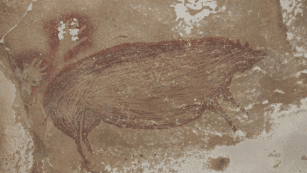
The earliest evidence of trade: non-local pigments found in Kenya. Source: Smithsonian National Museum of Natural History.

Lion Man of the Hohlenstein-Stadel. Source: Thilo Parg.
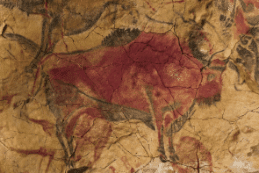
Altamira cave painting, Museo de Altamira. Source: D. Rodríguez.
The presence of art implied a few developments that could have set the stage for proto-diplomacy: a cognitive capacity for abstract thinking, self-awareness (shown through the awareness of one’s surroundings), awareness of the group in which these artists lived.
Art and culture have been transmitting across time and spaces, and diplomacy has always been, and still remains, one of the main conveyor belts.
Gift exchange
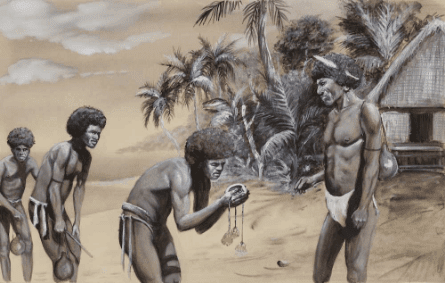
The Kula exchange system. Source: Petr Modlitba.
Gifts were often exchanged as part of intermarriages among members of different groups. Our far predecessors realised very early on the risks of inbreeding and started avoiding it by looking for mates in other clans, tribes, and groups; this guaranteed genetic diversity. Through intermarriage, intertribal bonds and alliances were created. This was one of the basic and longest diplomatic practices for centuries.
Intermarriages were particularly important in the Middle Ages, as shown by Hans Holbein’s iconic painting The Ambassadors (1533) which depicts two diplomats negotiating the annulment of the marriage between King Henry VIII and Spain's Catherine of Aragon. The failure of these negotiations triggered, in 1534, the separation of England from the Catholic Church and the embracement of the Protestant Reformation
Language
One of the earliest records of writing can be found on the Ishango bone (20,000 BC), found in present-day Congo. The markings on the bone are interpreted as numerals, but several theories exist on what these etchings represent, including: a counting tool, a lunar calendar, and a numeric reference table. Researchers do agree on one thing: the markings are not random and are likely evidence of prehistoric numerals.
Throughout history, diplomatic practice has been based on two important elements: the spoken and written language. They both remain essential to diplomacy, negotiations, human engagement, and building trust.
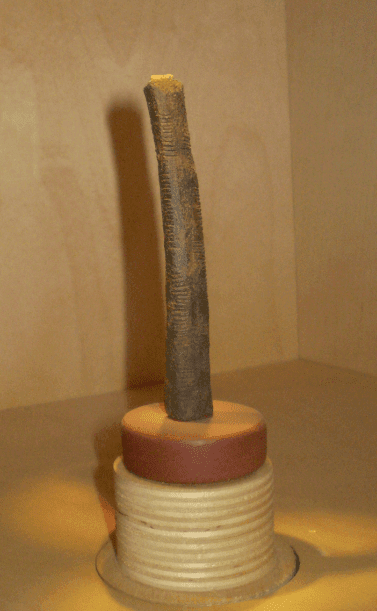
The Ishango bone. Source: Ben2.
Solve the puzzle!
Diplomacy is often associated with receptions and friendly drinks. We don’t know if our predecessors drank while negotiating, but we do know that drinks, from water and tea, to beer and wine, played an important role in human history.
In preparation for our third session of Diplomacy and Technology: A historical journey, we invite you to solve the puzzle below.
Written in cuneiforms, the drawing shows the evolution of the symbol for a drink we will be discussing next month while diving deeper into the diplomatic practices of ancient civilizations, namely, the Sumerians, Egyptians, Hittites, and nations that prospered in the Fertile Crescent region.

Pottery in which traces of chocolate were found, Pueblo Bonito, New Mexico. Source: American Museum of Natural History.
What drink do the symbols represent?
You can reference this text as
Jovan Kurbalija, Prehistory: Origins of diplomacy and early technologies, 'Diplomacy and Technology: A historical journey', 2021, DiploFoundation

